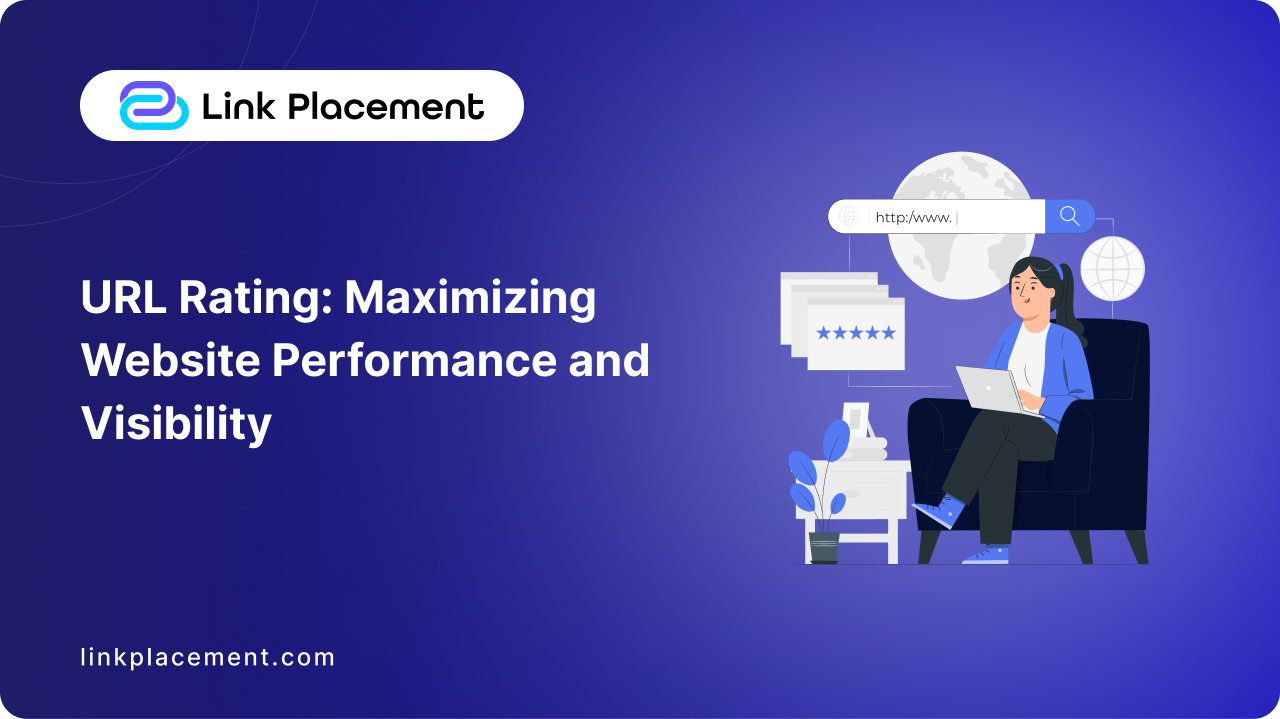
URL Rating: Maximizing Website Performance and Visibility
In the realm of Search Engine Optimization (SEO), understanding URL Rating (UR) is pivotal for enhancing a website’s performance and visibility in search engine results. URL Rating, often abbreviated as UR, is a metric that evaluates the strength and authority of a specific URL or webpage. Developed by Ahrefs, a prominent SEO tool provider, UR plays a crucial role in determining a webpage’s ranking potential and its ability to attract organic traffic. In this comprehensive guide, we’ll delve into the intricacies of URL Rating, its significance in SEO, and strategies to maximize it, thereby optimizing your website’s performance and increasing its visibility in search engine results pages (SERPs).
What is URL Rating (UR)?
URL Rating (UR) is a metric developed by Ahrefs to assess the strength and authority of an individual URL or webpage. Similar to Domain Rating (DR), which evaluates the overall authority of a website’s domain, URL Rating focuses specifically on the authority of a single webpage. It is measured on a logarithmic scale from 0 to 100, with higher scores indicating stronger authority and greater potential for ranking well in search engine results.
Significance of URL Rating in SEO
URL Rating is a critical component of SEO because it directly impacts a webpage’s ability to rank in search engine results. Websites with higher URL Ratings are more likely to appear at the top of SERPs for relevant search queries, attracting more organic traffic and potential customers. Additionally, pages with higher UR tend to have a higher likelihood of earning backlinks from other websites, further strengthening their authority and visibility.
Factors Affecting URL Rating
Several factors influence a webpage’s URL Rating, including:
- Quality and Quantity of Backlinks: Backlinks from authoritative and relevant websites play a significant role in determining a webpage’s URL Rating. High-quality backlinks signal to search engines that the content is valuable and authoritative, thus contributing to a higher UR.
- Content Relevance and Quality: The relevance and quality of the content on a webpage also impact its URL Rating. Well-written, informative, and engaging content is more likely to attract backlinks and receive higher ratings from search engines.
- Internal Linking Structure: An effective internal linking structure can help distribute link equity throughout a website, thereby boosting the URL Rating of individual pages. Strategic internal linking can also improve user experience and navigation.
- Technical Optimization: Technical factors such as page speed, mobile-friendliness, and crawlability can affect a webpage’s URL Rating. Optimizing these technical aspects can improve overall user experience and signal to search engines that the page is trustworthy and authoritative.
- User Engagement Metrics: User engagement metrics, such as bounce rate, time on page, and click-through rate, can indirectly influence a webpage’s URL Rating. Pages that engage users and provide value are more likely to receive higher ratings from search engines.
Strategies to Maximize URL Rating
- Create High-Quality Content: Focus on producing high-quality, informative, and engaging content that addresses the needs and interests of your target audience. Content that provides value is more likely to attract backlinks and earn a higher URL Rating.
- Build Quality Backlinks: Invest in building high-quality backlinks from authoritative and relevant websites within your industry. Outreach, guest blogging, and relationship-building can help attract natural backlinks and improve your webpage’s URL Rating.
- Optimize On-Page SEO: Optimize on-page elements such as title tags, meta descriptions, headings, and image alt text to improve search engine visibility and enhance user experience. Well-optimized pages are more likely to receive higher URL Ratings.
- Improve Technical SEO: Conduct a thorough technical SEO audit of your website to identify and fix any issues that may be affecting your webpage’s URL Rating. Focus on improving page speed, mobile-friendliness, and crawlability to enhance overall performance.
- Enhance User Experience: Prioritize user experience by improving website navigation, reducing page load times, and optimizing for mobile devices. Pages that provide a seamless user experience are more likely to receive higher URL Ratings.
- Monitor and Analyze Performance: Continuously monitor your webpage’s performance and track changes in URL Rating over time. Analyze user engagement metrics and backlink profiles to identify areas for improvement and refine your SEO strategies accordingly.
Conclusion
URL Rating (UR) is a vital metric in SEO that assesses the strength and authority of individual webpages. By understanding the factors that influence URL Rating and implementing effective optimization strategies, you can maximize your webpage’s performance and visibility in search engine results. By creating high-quality content, building quality backlinks, and optimizing on-page and technical elements, you can enhance your webpage’s URL Rating and achieve greater success in the competitive online landscape.